Utah
Utah Is The Dinosaur Capital You Didn’t Know About
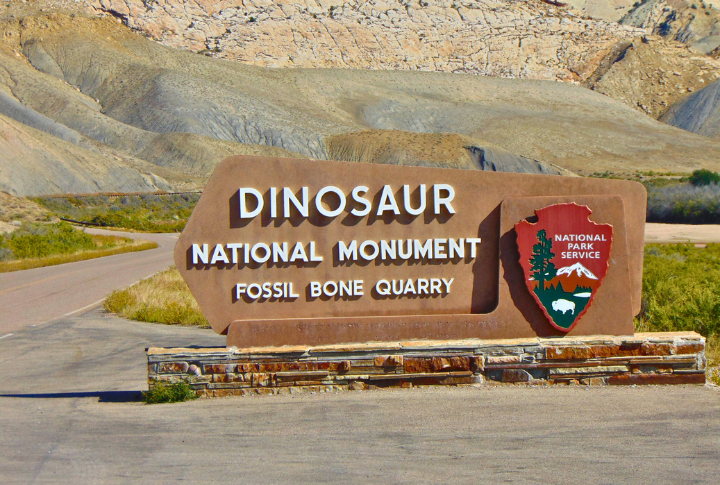
You’ve seen dinosaur bones in museums. Now, imagine standing where they were actually found. Utah’s fossil record is one of the richest in the world. It’s a fossil-stuffed wonderland where prehistoric legends still leave clues in the dust. If you are curious about the Earth’s deepest past, here are ten paleontological facts you’d love to know about Utah.
Utah’s First Dinosaur Discovery
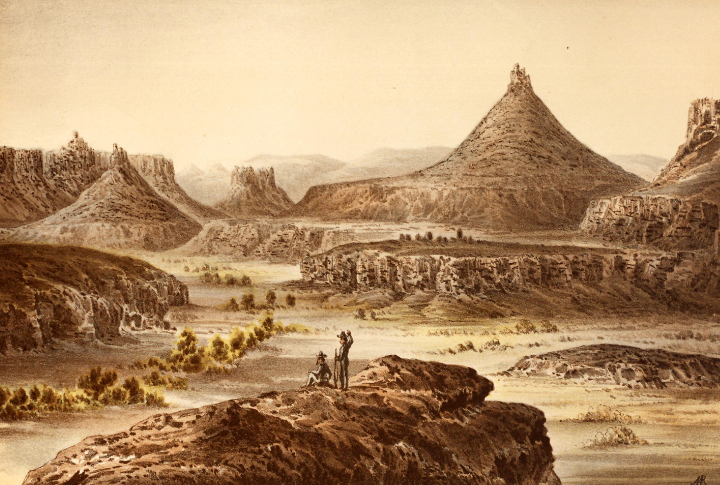
In 1859, the first dinosaur fossil in Utah was discovered during the Macomb Expedition near Canyonlands National Park. The fossil belonged to “Dystrophaeus viaemalae,” a sauropod dinosaur. This marked Utah’s significant contribution to early paleontological discoveries in North America.
The Morrison Formation Is A Dinosaur Jackpot

This massive rock layer is like nature’s filing cabinet for dinosaurs. Even though it stretches across states, the Morrison Formation is thickest and most fossil-rich in Utah. You’ll find everything from Allosaurus skulls to sauropod limbs in perfect condition. Paleontologists love it here because it’s basically the motherlode of Mesozoic mayhem for them.
One Quarry Holds Over 1,500 Fossils In One Place
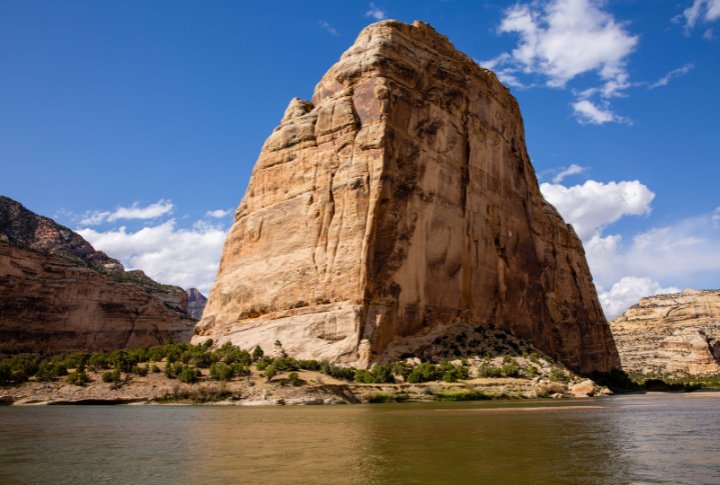
A rock wall so packed with dinosaur bones that it looks like a museum exploded underground. That’s the Quarry Exhibit Hall at Dinosaur National Monument. Scientists left them embedded in the cliff to show what a dig site looks like, and now, curious eyes are awed when they see it.
The State Has An Official Dinosaur
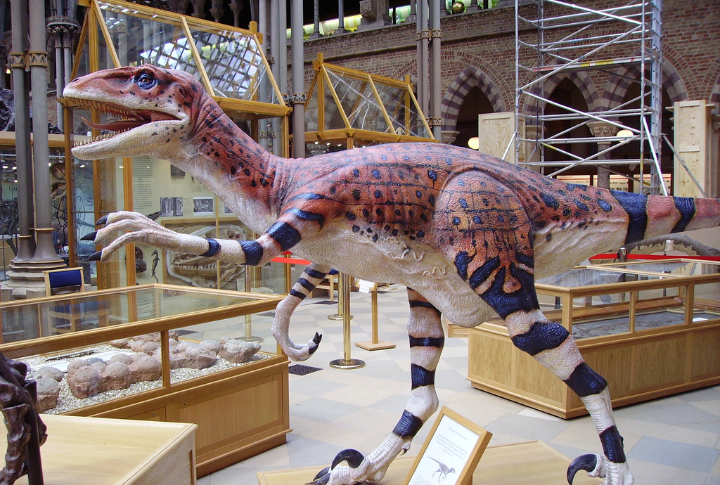
Only a true dinosaur capital would make one official. “Utahraptor” became the state dinosaur in 2018 after locals petitioned for it. Today, it’s a point of pride. You’ll spot it on shirts and signs. Utah has proved that prehistoric fame can still roar today. Even kids know its name!
Utah’s Dry Climate Helped Preserve Ancient Bones

Rain doesn’t play well with fossils. In wetter regions, bones dissolve or crumble before they’re found. Utah’s aridity, on the other hand, acts like a natural time capsule. Dry air and stable geology let the bones rest undisturbed for millions of years—until scientists and time catch up.
Paleontologists Discover New Species Here All the Time
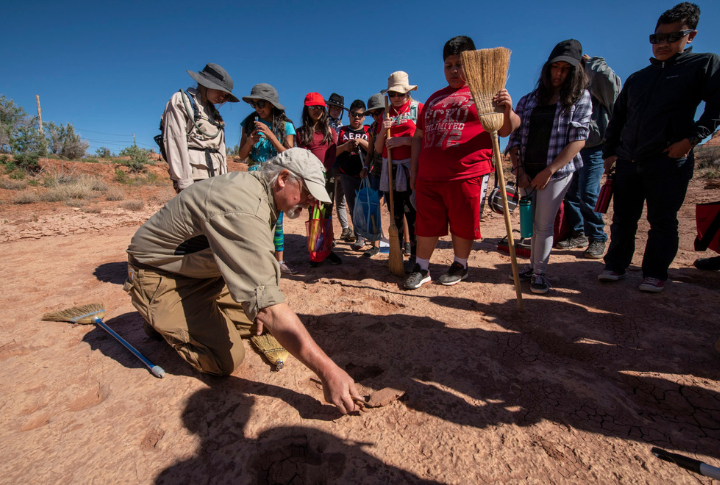
Utah’s still revealing secrets. Fossil hunters regularly announce brand-new species with interesting names and shapes you never expected to see. Some look like spiky nightmares; others resemble creatures out of fantasy books. This place has surprises experts every single year.
Dinosaur Tracks Crisscross The State’s Bedrock

Look down—you might be walking in a Jurassic footprint. Track sites dot the state, with some showcasing perfect three-toed impressions from theropods and sauropods. Why only learn about dinosaurs when you can follow their actual steps? That kind of historic experience only happens in a few places on Earth.
Dinosaur National Monument Is Half In Utah
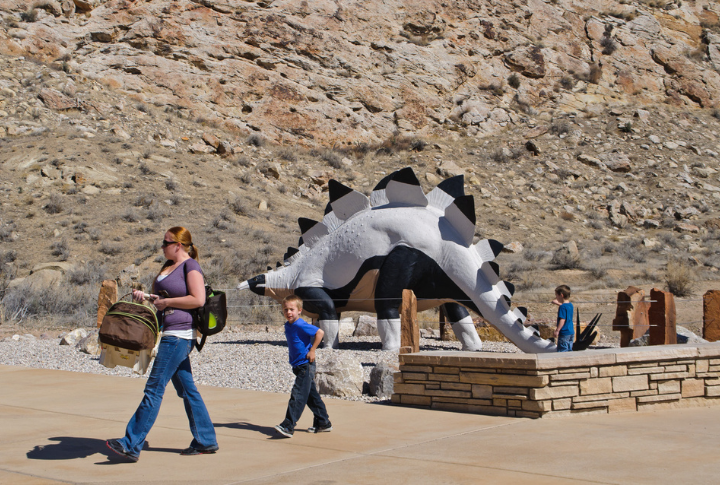
This protected area is partly in Utah and Colorado, and it has much to offer. The Utah side has the star attraction: that famous bone wall inside the Quarry Exhibit Hall. You get rocks and relics of ancient giants, all packed into one surreal park. It’s a fossil-filled national gem.
Cleveland-Lloyd Dinosaur Quarry Is a Mystery
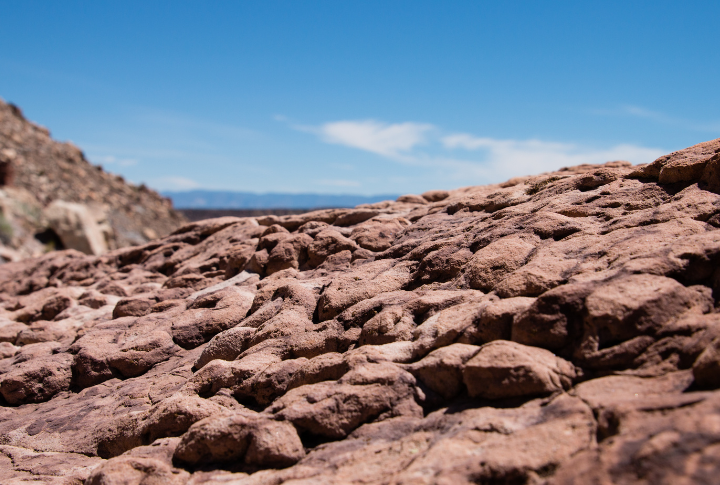
The site holds the world’s densest collection of Jurassic-era bones, but scientists still debate why so many fossils ended up here. Some think it was a predator trap, while others suspect a drought-stricken watering hole. Either way, it’s a prehistoric puzzle waiting to be solved.
Local Laws Protect Fossils You Can See But Not Touch
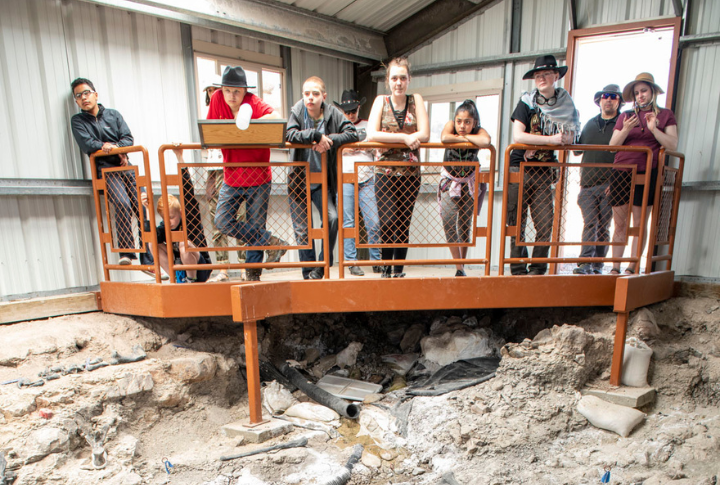
Utah’s not playing when it comes to protecting fossils. Digging up or pocketing dino bones without a permit? That’s illegal here. Still, many protected sites are open to the public for up-close viewing. You can snap photos and marvel at history—just keep your hands to yourself. No exceptions.

